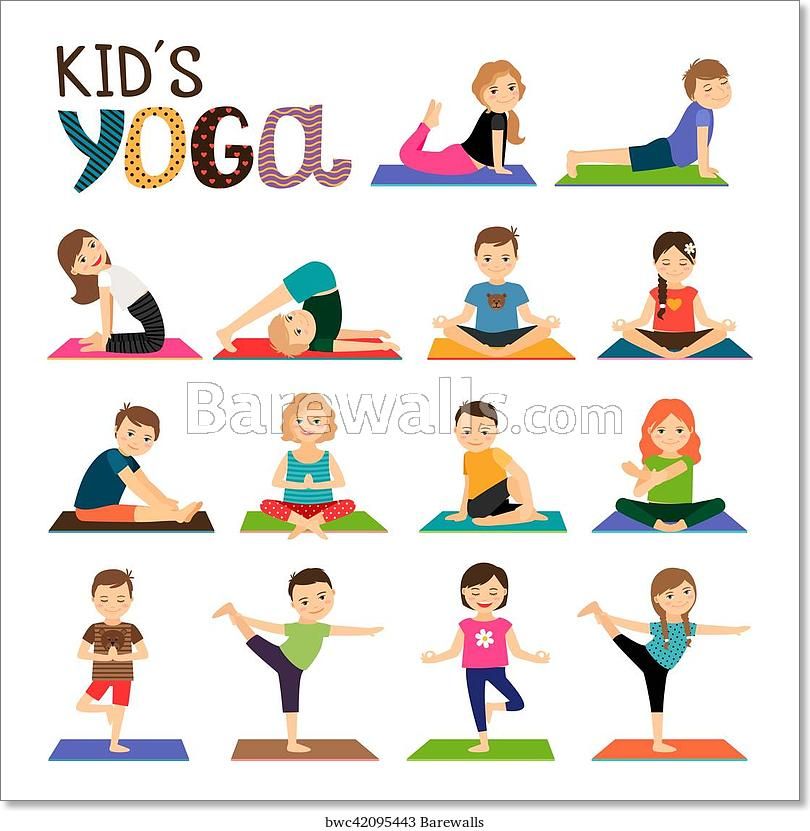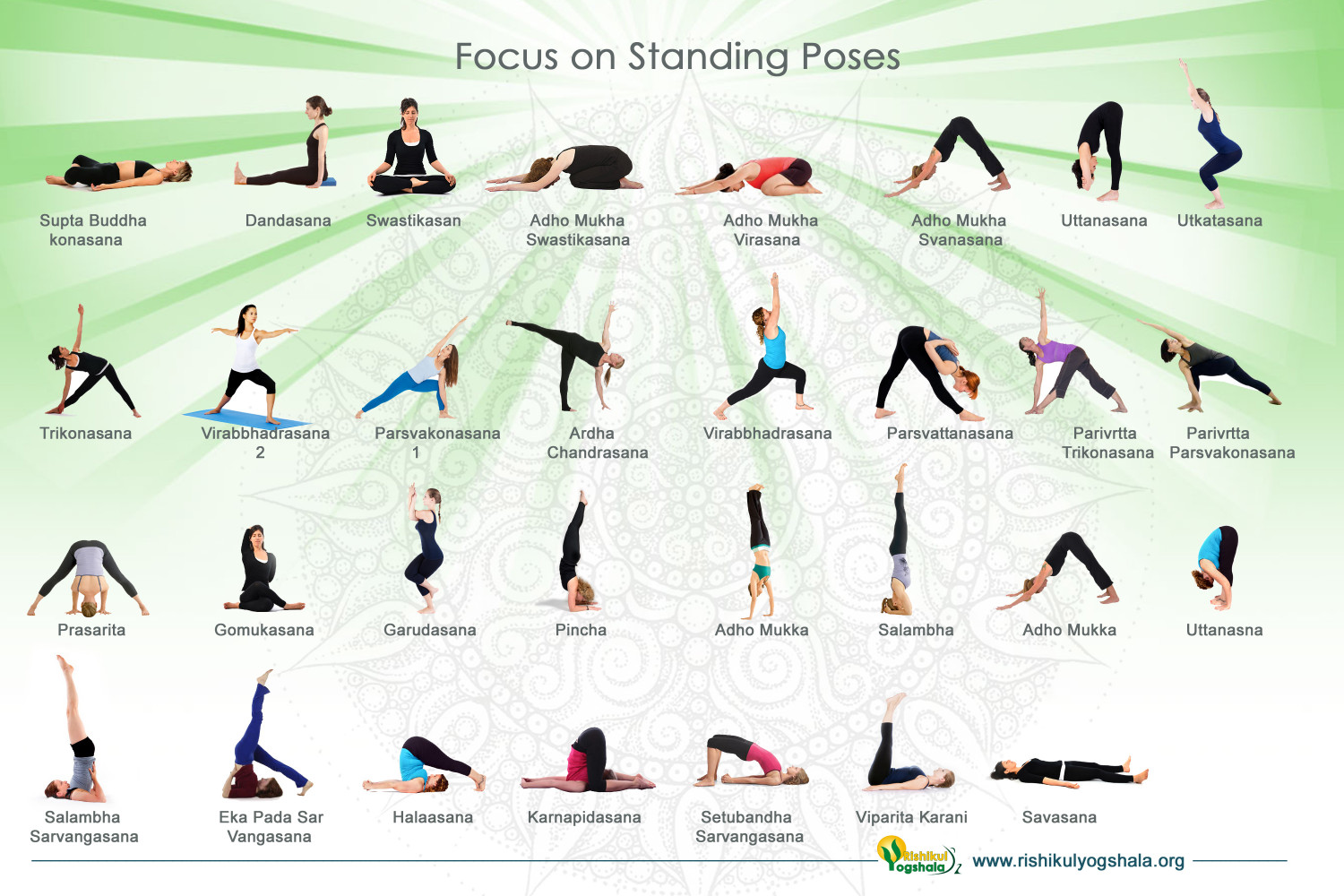
It has numerous health benefits that hot yoga can bring to your body. Hot yoga not only improves flexibility but it also increases cardiovascular fitness. It can improve skin tone, digestion, and detoxify your body. You should avoid hot yoga if your health is compromised or you are unable to take intense heat. Learn more about the benefits of hot yoga, and how to safely do it.
Hot yoga can cause fainting, muscle cramping, nausea, and vomiting. People with low blood pressure and other medical conditions should avoid this type of class. A hot yoga class should be avoided by people who have cardiovascular problems or are pregnant. Anyone who isn't sure of the benefits from hot yoga should stick to a regular class. Pre-existing medical conditions like diabetes and heart disease such as hypertension should also be avoided. Hot yoga should be avoided by people with heat intolerance.

Hot yoga, despite its many advantages, can also pose risks. While the temperature of the room should not be higher than 104 degrees Fahrenheit, it is still too high for some people. Heat can lead to dizziness, lightheadedness, heat stroke, and even dizziness. Before trying hot yoga, check with your doctor if it's something you're unfamiliar with. You should consult a doctor before starting a hot class.
Hot yoga may not suit everyone. You should consult your doctor if there are any concerns about heart disease. However, there are other benefits to hot yoga. This increases muscle strength which is vital for your overall health. In fact, the US Department of Health and Human Services recommends that you do two hours of muscle strengthening exercises a week. Avoid hot yoga if possible.
While most people who practice hot yoga are generally satisfied with the benefits of the exercise, there are some risks that can limit its benefits. For example, a recent study conducted by Mace Firebaugh, who surveyed 700 people, found that 49 percent of people who practiced hot yoga reported improved mood, better flexibility, and less anxiety. Even though there are risks, most hot yoga practitioners experience little to no side effects.

Many of the benefits of hot Yoga are linked to its ability for improving mood. It can be helpful for people who are suffering from depression. It's also a great form of exercise. Hot yoga is a great option for beginners. Or, you can start with a beginner and move up to an advanced class. Perhaps a combination of both might work for you.
FAQ
Are there any benefits to practicing yoga?
Yoga has been around since ancient times and has gained popularity recently. Yoga is very popular with celebrities as well as ordinary people who wish to be fit and healthy.
Yoga is great because you can stretch your muscles and strengthen them. Yoga is also great for calmening your mind and relaxing.
Yoga and other forms exercise differ in that yoga is focused on breathing techniques.
For balance and flexibility, there are many poses you can do.
How Metabolic health is key to aging well
People live longer lives than ever before. However, as they age, so do their chances of getting sicker. While medical science has made incredible advances, it's becoming increasingly obvious that the current approach is not working.
We have to change how we see health and aging. Healthful aging requires that we start to think about metabolic health, which is not only weight loss but overall well-being.
To live a full and active life, your metabolism should be healthy all your life.
There are many options to improve your metabolic health. One way is to include these 7 foods in your diet.
-
Resveratrol has been proven to increase cellular longevity. They are rich in antioxidants as well as vitamins C & E.
-
Beans like lentils and pinto beans are excellent fiber and plant-based protein sources. These nutrients are important for maintaining blood sugar levels that don't spike, crash or change.
-
Broccoli contains the antioxidant sulforaphane. This has been shown in studies to protect DNA. It could even slow down the growth of cancer.
-
Chia Seeds have high levels of omega-3 fatty oils and fiber. They are also rich in antioxidants, protein, and fiber. All these nutrients support heart health, brain function and gut health.
-
Green Tea is rich in polyphenols known as catechins. Green tea catechins have been shown to reduce bone fractures, heart disease, cognitive decline, diabetes risk, and other health issues.
-
Salmonis a great source of lean protein. It is low in saturated fat and high in vitamin D.
-
Walnuts are rich in omega-3s as well as antioxidants such alpha lipoic acids (ALA). ALA aids in energy production and protection against inflammation.
Are you a cardio-exercise fan?
Cardiovascular exercise offers many benefits. Cardiovascular exercise improves blood circulation and strengthens your heart muscle. It also increases stamina and helps you lose weight.
Cardiovascular exercise includes running, biking, hiking, swimming, tennis, basketball, soccer, volleyball, football, etc.
It is important to keep in mind that cardio exercises should not only be performed at a high level of intensity, but also at low levels. This could cause injury.
If you feel fine, only do the cardiovascular exercise.
It is important not to push yourself beyond your limits. Otherwise, you could end up injuring yourself.
Warm up is the best way to start cardiovascular exercise. You can then gradually increase your intensity.
Listen to your body. If you feel pain, stop doing cardio exercise immediately.
After a cardio workout, it is a good idea to take a break. This gives your muscles the chance to heal.
Cardiovascular exercise is essential for losing weight.
It is the most effective way to burn calories and reduce belly fat.
Statistics
- An estimated calorie range for moderately active adult males falls between 2,200 to 2,800 calories per day, depending on age. (eatright.org)
- By John Thompson Take a whopping 38% off a set of PowerBlock Pros. (menshealth.com)
- According to the American Academy of Dermatology (AAD), men over 50 are at a heightened risk of developing it. (healthline.com)
- Are You One of the 20% of Guys (mh.co.za)
- Get free shipping and 25% off today. (healthline.com)
External Links
How To
Which food is the most healthy for men?
Men should consume five servings of fruits or vegetables per day. They must also avoid red meat and fast food.
Antioxidants are found in fruits and vegetables, which protect against cardiovascular disease and other diseases.
Vegetables include broccoli, cauliflower, carrots, spinach, tomatoes, peppers, cucumbers, lettuce, mushrooms, etc.
Beans and peas have high fiber and protein.
A great source of omega-3 fatty acid is nuts and seeds. Omega-3 s are essential for brain function and hormone production.
Another source of omega-3s are fish. The mercury in fish is higher than that of most meats. However, fish liver oil does contain fewer toxins.
Omega-6s found in vegetable oils like corn, soybean, safflower, sunflower, and cottonseed oils are necessary for average growth and development.
Poultry is a great source of lean proteins. Chicken breast is the most nutritious meat.
Lean beef has low levels of cholesterol and saturated fats. You should limit your intake of red meat as it can increase your risk for prostate cancer.
Avoid sausages and hot dog. These products can cause cancer by containing nitrates.
Exercise is essential to maintaining good health. But what if you're already working out regularly? Is there anything you can do that will improve your physical or mental health?
The answer is yes You can do many things to ensure you get the most out your workouts. These are some ways to make your workouts more enjoyable.
Start slow. You may hurt yourself if you push yourself too hard in your first session. You should start at a pace that you are comfortable with and increase your intensity gradually.
Before and after stretching. Stretching can help to loosen tight muscles, decrease soreness, improve flexibility, and reduce pain. You can stretch standing up, sitting down, or walking around.
Cool down. This is particularly important when doing cardio exercises. It is important that your body has time to recover from each session so it doesn’t become exhausting. For cooling down, you can walk slowly, take deep breathes, or go for short swim.
Hydrate. Fluid intake is important to keep your muscles hydrated and prevent muscle cramps. Water is the ideal beverage, but sports drinks may also be helpful.
You must eat right. Be sure to eat enough calories each day. Regular meals throughout the day can help you stay focused and energized during your workouts.
Get some sleep. You'll wake up feeling refreshed and ready to start your next workout when you sleep properly. The best way to heal tissues is through sleep.